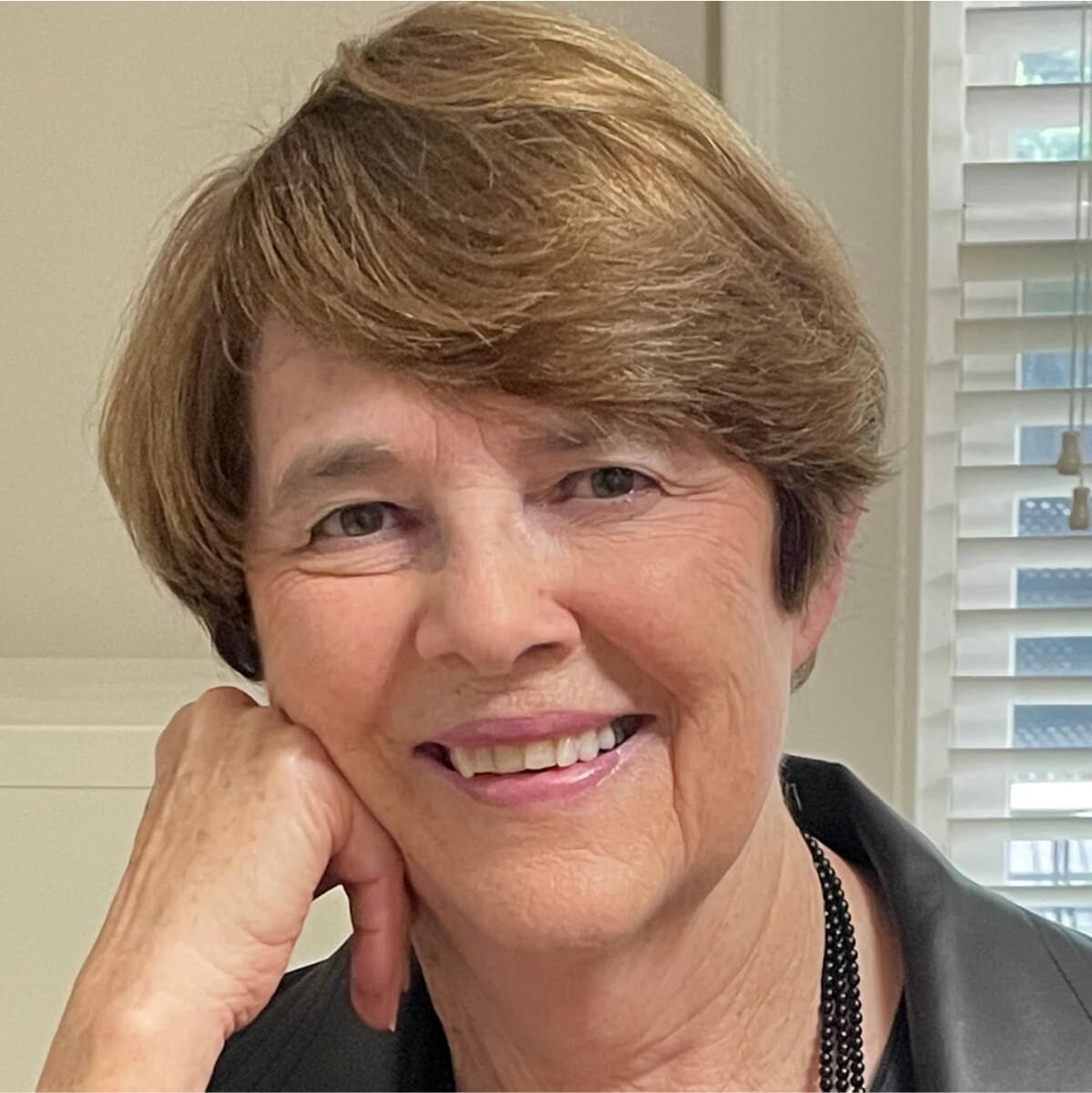
Women, Girls, and Climate Change
February 20, 2020
Climate change is all around us.
Last week, it was Storm Ciara that tore across the United Kingdom and brought dangerous levels of rain, wind, snow, and ice. People died. Travel chaos reigned for days.
Last month, it was hundreds of deadly wildfires in Australia, massive blazes fueled by three years of drought that experts attributed to climate change. Torrential rains followed, extinguishing nearly all the wildfires but bringing their own set of problems, such as flooding and mudslides.
Closer to home, Columbia’s big flood of 2015 hasn’t yet receded from memory, and more flooding hit the Midlands and other parts of South Carolina earlier this month after powerful storms hit the state. Twice already in 2020, the popular West Columbia Riverwalk and Park has been closed temporarily because of inundated trails and boardwalks.
Many of us aren’t sure how to take up the urgent challenge of combating climate change, particularly when our federal government foolishly pulled us out of the 2016 Paris Agreement, in which 196 nations pledged to reduce greenhouse gas emissions.
We know we must continue to make changes in our own lifestyle (driving less, flying less, cutting down on fossil fuel use, conserving water, arranging carpools, and so on), and we must increase the pressure on governments and business— at all levels—to act.
But what else? Women and girls are showing us the way.
Since 2014, according to the Quartz website, women have been “the public face of the climate movement.” Women led the first People’s Climate March that year, which attracted more than 400,000 people worldwide, most of them women. In September 2019, the largest worldwide climate strike yet was held, with 7.6 million climate protesters—dominated by women and young people—taking to the streets of the world’s cities to demand action.
It’s easy to see why young people are at the forefront of this movement: they will be dealing with the effects of climate change much longer than older folks. Plus, there is “no Planet B,” as the young protestors, such as 17-year-old Greta Thunberg of Sweden, remind us.
Why should women and girls be especially concerned about climate change? Because gender and climate change are inextricably linked: Studies have shown that 80 percent of the people affected by climate change are women. Natural disasters disproportionately affect poor communities, and women make up 70 percent of the world’s people living in poverty.
Women and children are 14 times more likely than men to die during a disaster, according to the United Nations. The Utne Reader explains why: “Poor women and children may live in places vulnerable to landslides or flooding, and can lack easy access to emergency information. Climate change can also affect the availability of food, which hits women harder if they eat less to save more for their children or elderly relatives.”
There’s more. Violence against women increases after a natural disaster because of increased traumatic stress, scarcity of basic supplies, and destruction of authority.
Females, however, are taking action. Consider Women4Climate, an initiative to bolster more female leaders worldwide in the fight against climate change. Anne Hidalgo, the first woman mayor of Paris, launched the program in 2017 to “empower a new generation of women to tackle climate change and give them the tools to become climate leaders.”
Women4Climate invites top female leaders to mentor other women working on local climate projects. There are currently active Women4Climate mentorships in Paris, Sydney, Tel-Aviv, London, Quito, Montreal, and Vancouver, with upcoming programs in Auckland, Barcelona, and New Orleans.
Hidalgo is also chair of the C40 Climate Leadership Group, a worldwide alliance of majorcity mayors who believe their cities must take the lead on climate change. She is leading the charge, and has committed Paris to banning diesel cars by 2025.
Closer to home, there are groups such as Mothers Out Front (mothersoutfront.org), a grassroots organization of mothers, grandmothers, and other caregivers “coming together to make climate change an issue that our leaders can no longer ignore.”
Women are front and center, too, in numerous towns and cities that have taken on local climate projects, and in organizations like the Sierra Club and the Citizens’ Climate Lobby, which are working to curb climate change.
Time is of the essence here. A simple Google search will highlight the many organizations that are combatting climate change; they all need volunteers. We need more committed leaders, especially women leaders, in this existential fight.

Jan Collins is a Columbia, South Carolina-based journalist, editor, and author. A former Nieman Fellow at Harvard and former Congressional Fellow in Washington, D. C., she is the coauthor of Next Steps: A Practical Guide to Planning for the Best Half of Your Life (Quill Driver Books, 2009).